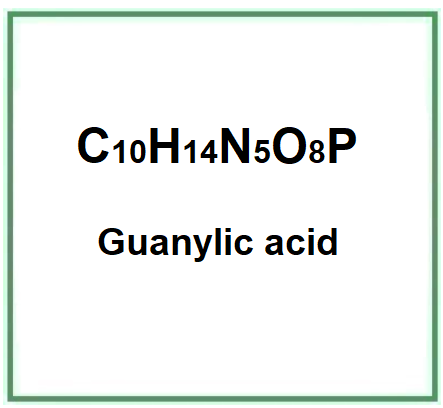![]() Guanylic acid
Guanylic acid
Rating : 6
Guanylic acid is a chemical compound produced by solvent extraction. In the human body, it is distributed in the pancreas and glands. It is a 3'-terminal nucleotide of oligonucleotides of different lengths (1). Industrially it is obtained by dehydrolysis of guanine, d-ribose and phosphoric acid. It is readily available in nature in vegetables, ... (Read the full Tiiip)
8 pts from Whiz35
| Evaluate | Where is this found? |
| "Descrizione" about Guanylic acid Review Consensus 8 by Whiz35 (11840 pt) | 2023-Apr-23 19:50 |
Guanylic acid is a chemical compound produced by solvent extraction. In the human body, it is distributed in the pancreas and glands. It is a 3'-terminal nucleotide of oligonucleotides of differen ...
| Read the full Tiiip | (Send your comment) |
Read other Tiiips about this object in __Italiano (1)
Component type: Chemical Main substances: Last update: 2023-04-23 18:29:59 | Chemical Risk: |







